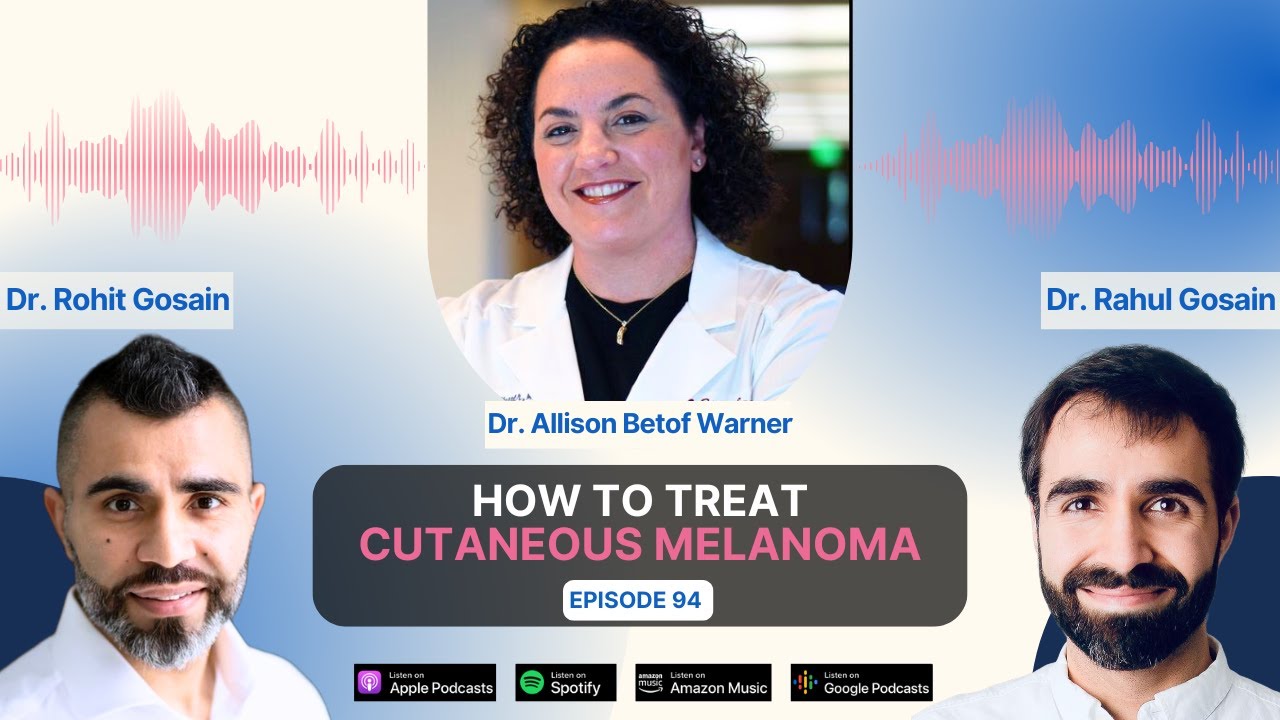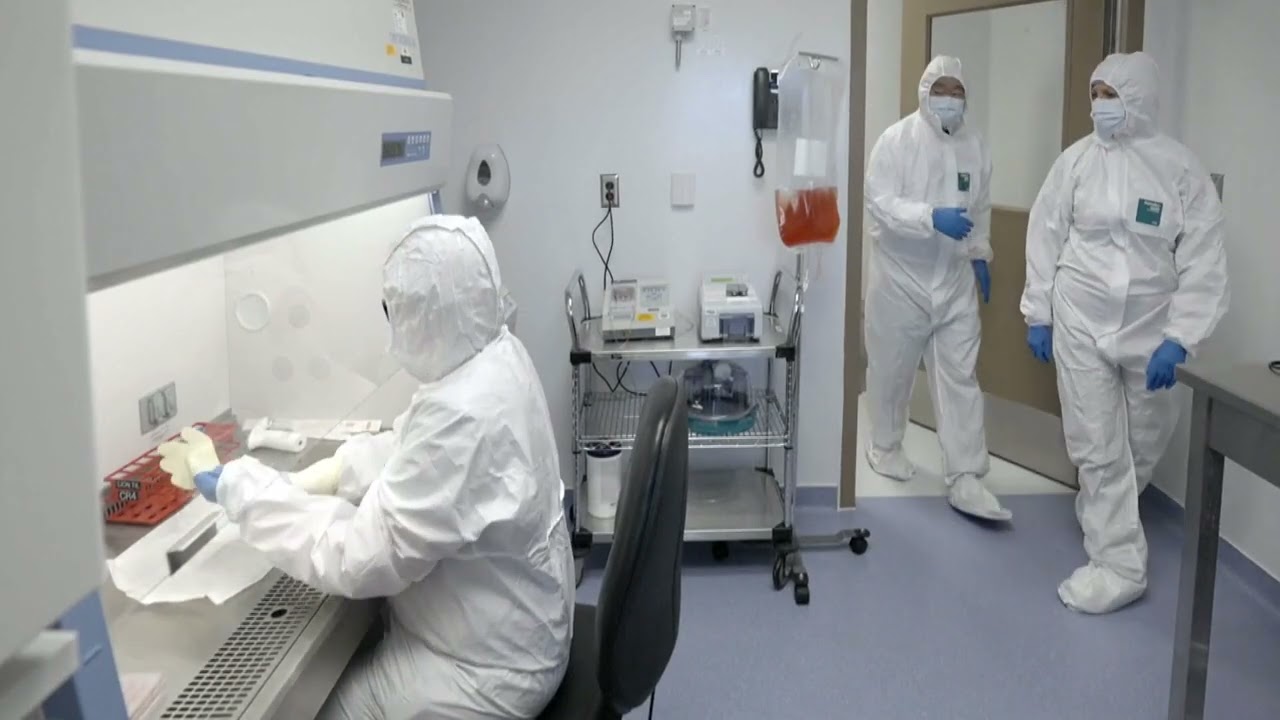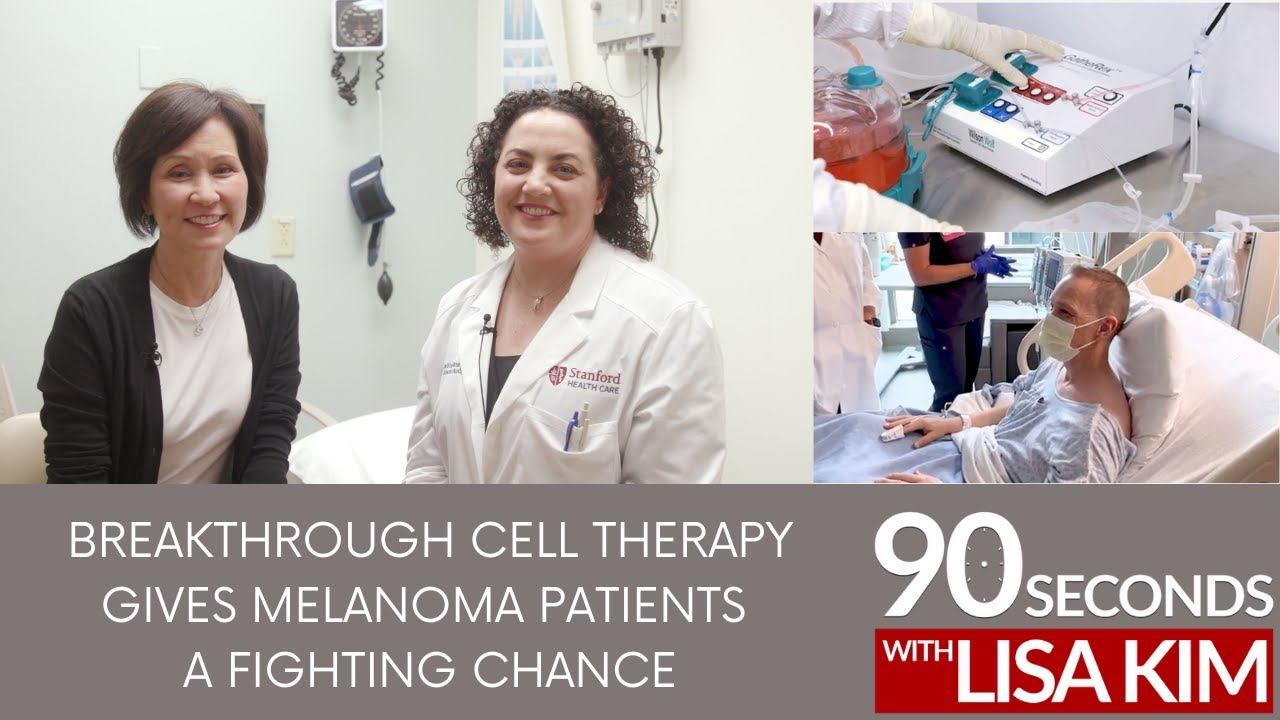The Oncology Channel
NEW YORK (Reuters Health) – Reduced-dose chemotherapy in children with Down syndrome (DS) associated acute myeloid leukemia or myelodysplastic syndrome effectively maintains survival, researchers report in a March 5th on-line paper in Cancer. Those under the age of 4 years benefit most.
“This study,” Dr. April D. Sorrell told Reuters Health by email, “is a great example of how understanding the unique biology of leukemia in different groups of children can have a positive impact on patient care.”
Dr. Sorrell of City of Hope National Medical Center, Duarte, California and colleagues note that DS children are especially vulnerable to the development of a subtype of AML. In fact, overall, reportedly the leukemia rate is 10 to 20 times that of those without DS.
However, DS children under the age of 4 years show superior outcomes to other children with AML. Nevertheless, a recent trial (Children’s Cancer Group 2891) showed that when such DS children were given intensively timed cycles of induction therapy they had a 32% toxic death rate. With standard timing the rate was 11% — similar to that of children without DS.
Overall, non-DS children did better with intensive timing, but DS children did better with standard timing, suggesting that a further reduction might be possible.
The original induction therapy was with dexamethasone, cytarabine, 6-thioguanine, etoposide, and rubidomycin/daunomycin. In the current study involving 132 children, the researchers eliminated etoposide and dexamethasone and removed 3 months of systemic maintenance chemotherapy. Three intrathecal doses of cytarabine were used as maintenance treatment.
Median follow-up was for 4.8 years. The remission rate was similar to that in the earlier study (92.7% versus 91.3%). This was also true of 5-year event free survival (79% versus 77%), disease-free survival (89% versus 85%) and the overall survival rate (84% versus 79%).
An age of more than 4 years was an adverse risk factor. Five-year event-free survival was only 33% compared to 81% in younger children.
The primary reason for treatment failure, the investigators add, is disease response, and not toxic mortality. Appropriate evaluation, they conclude “may permit dose intensification or use of more targeted therapy in the ‘high-risk’ DS children while maintaining or allowing further therapy reduction for the majority of children with DS.”
Because of studies such as this, Dr. Sorrell concluded, “future children (under 4 years of age) with myeloid leukemia associated with Down syndrome can continue to have excellent cure rates with less exposure to chemotherapy.”
Favorable survival maintained in children who have myeloid leukemia associated with Down syndrome using reduced-dose chemotherapy on Children’s Oncology Group trial A2971
Cancer 2012.








